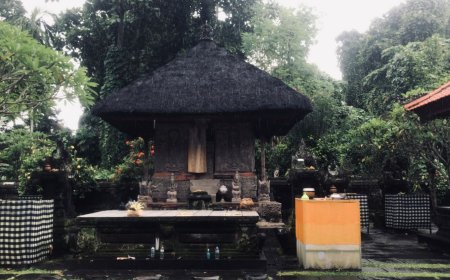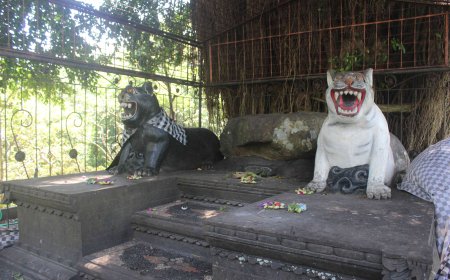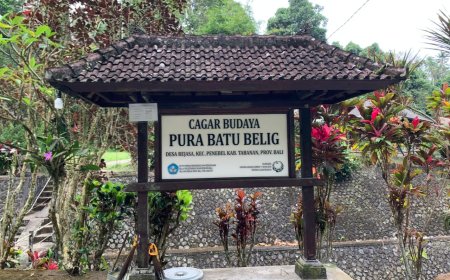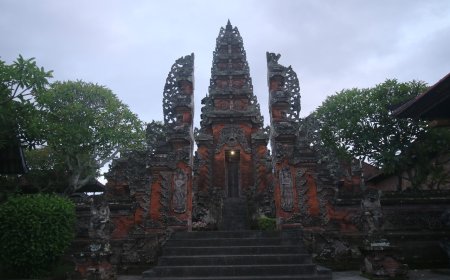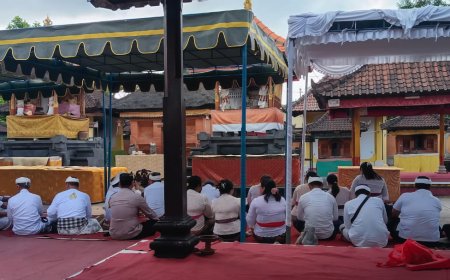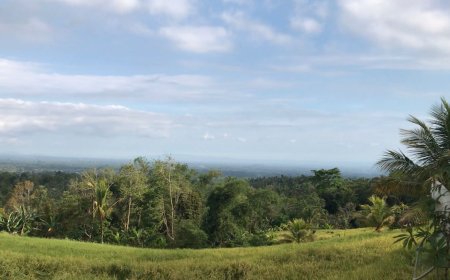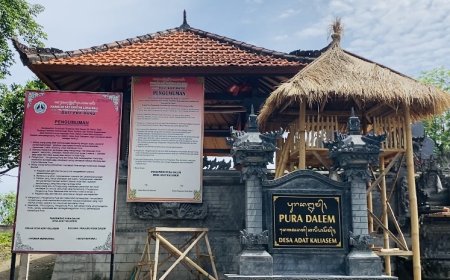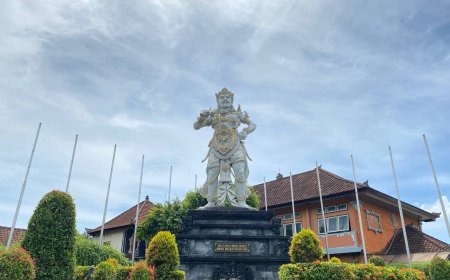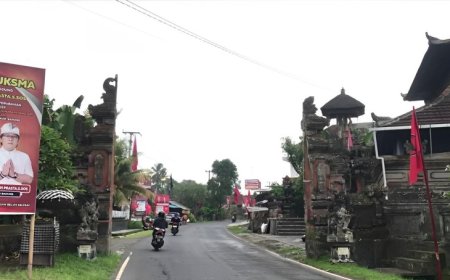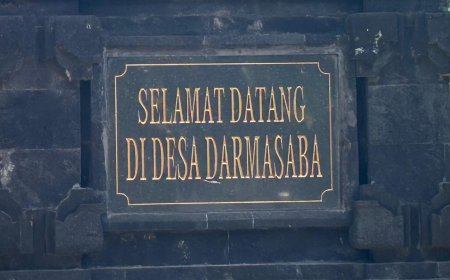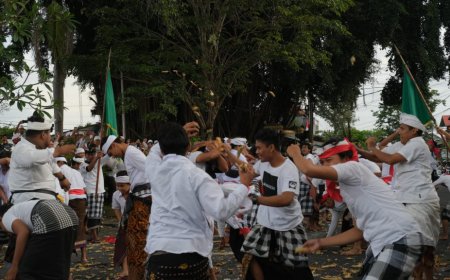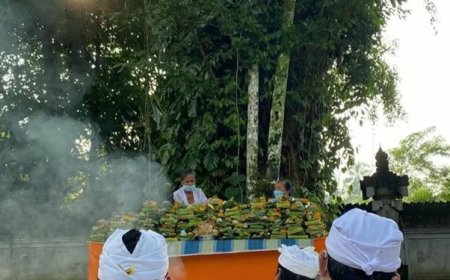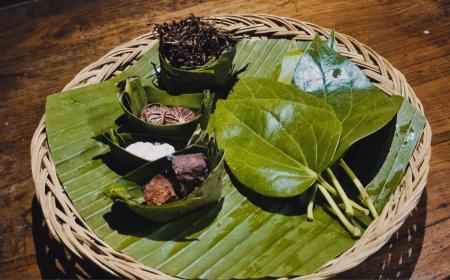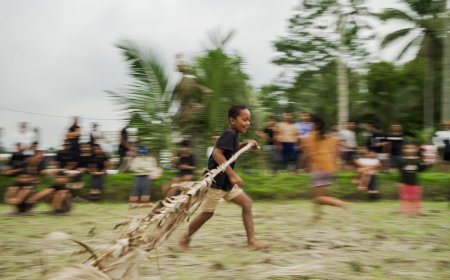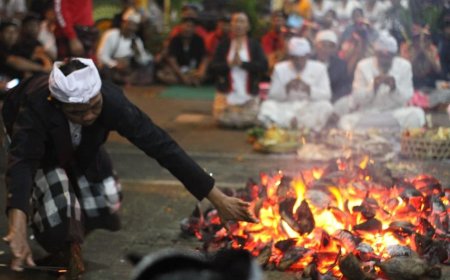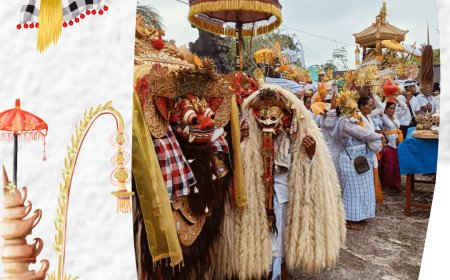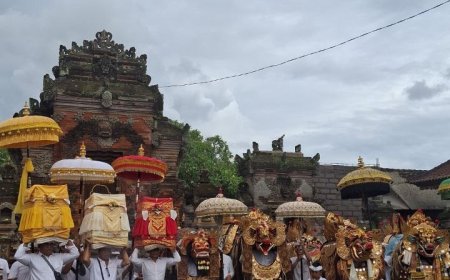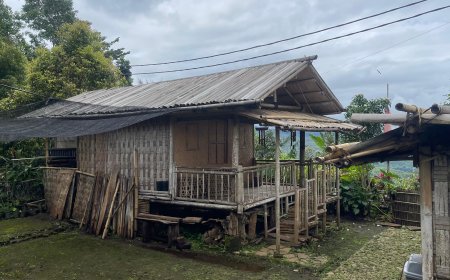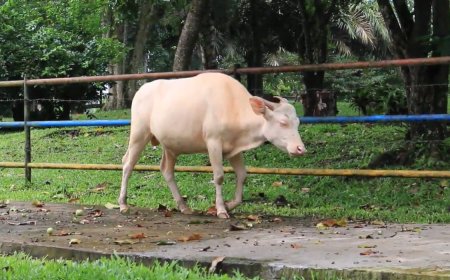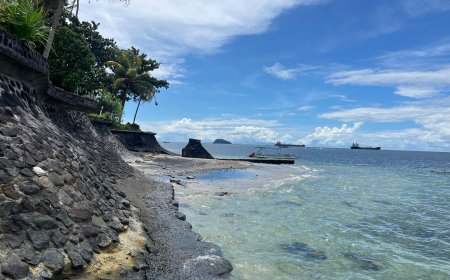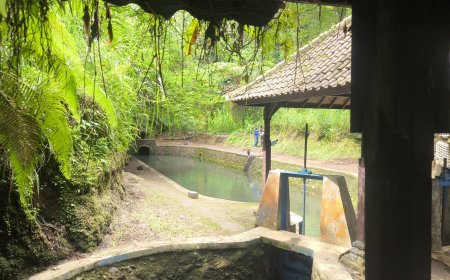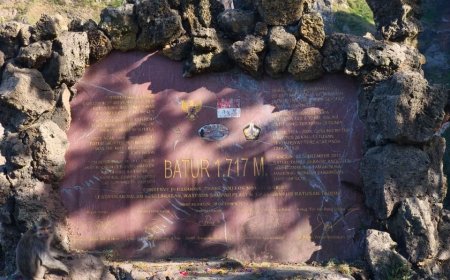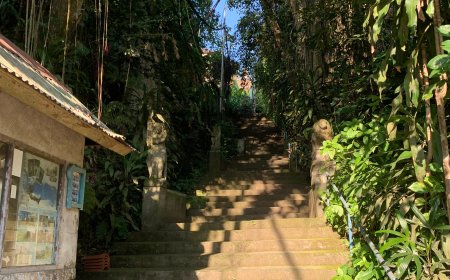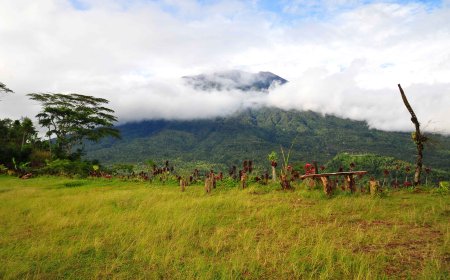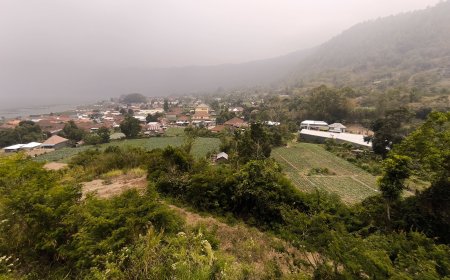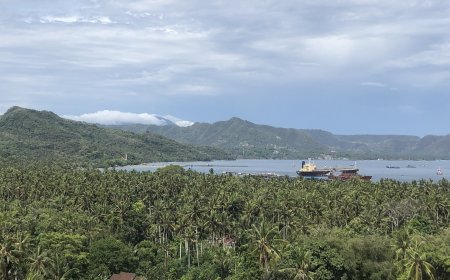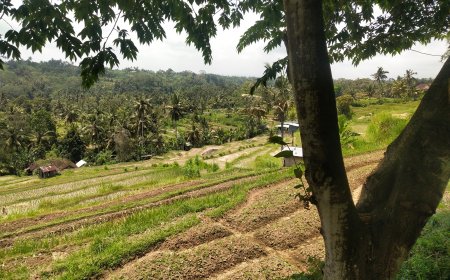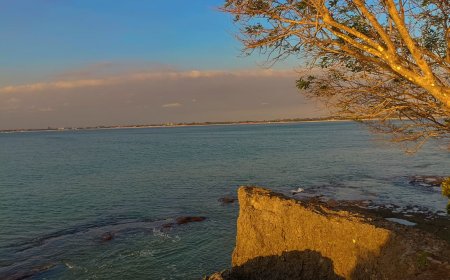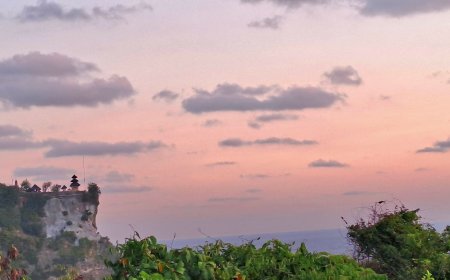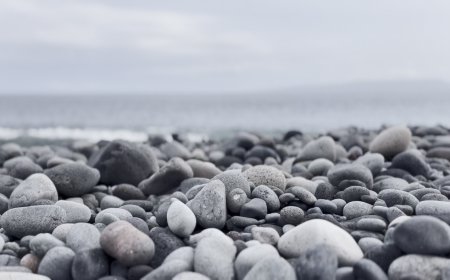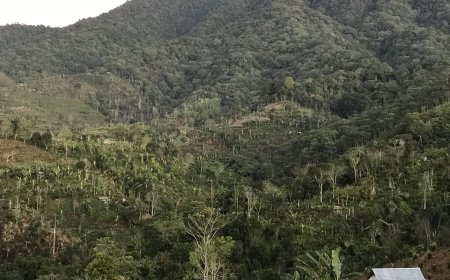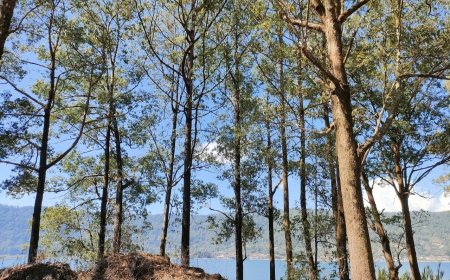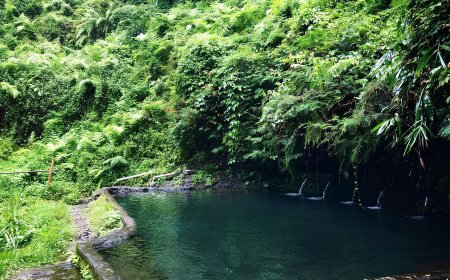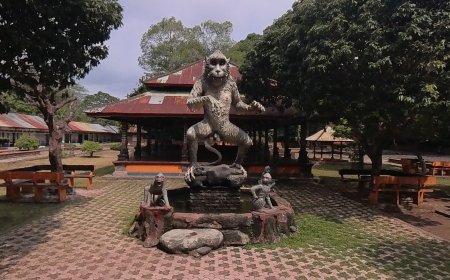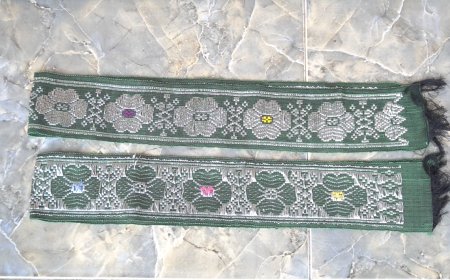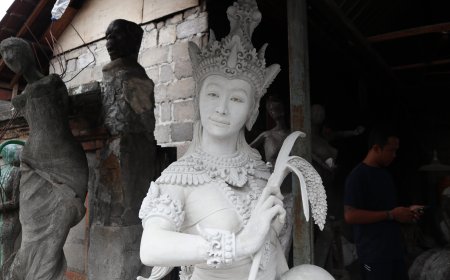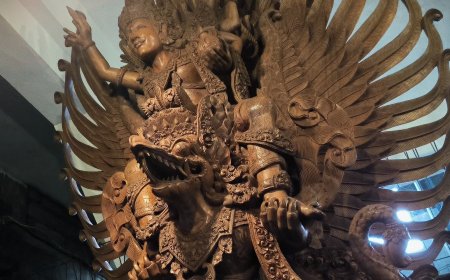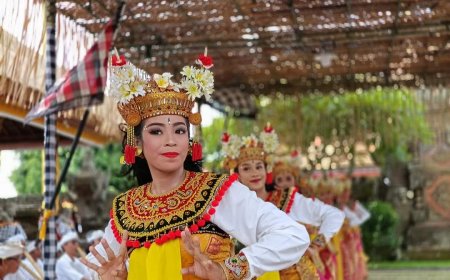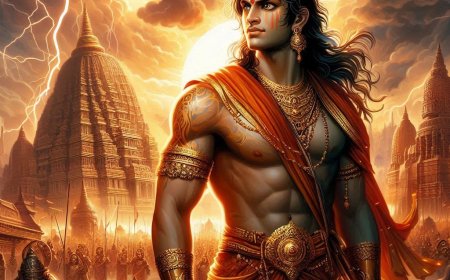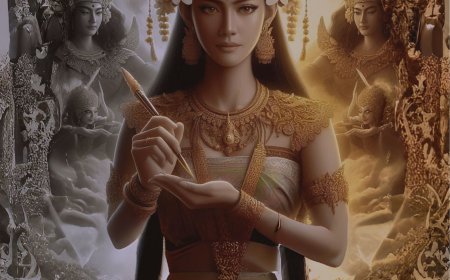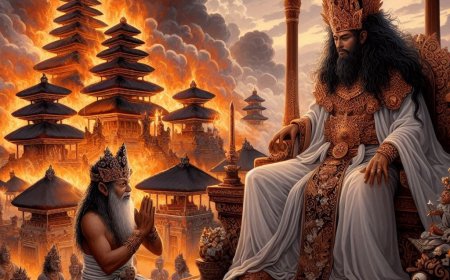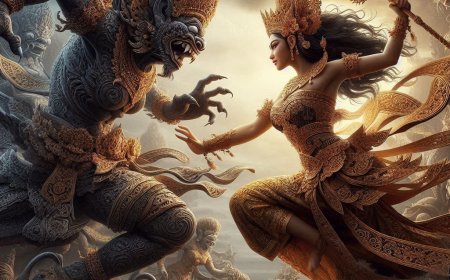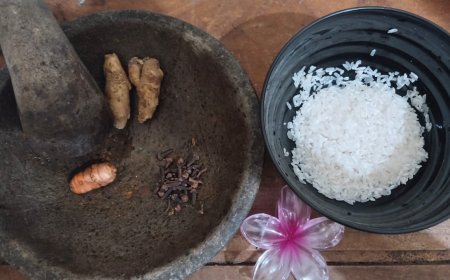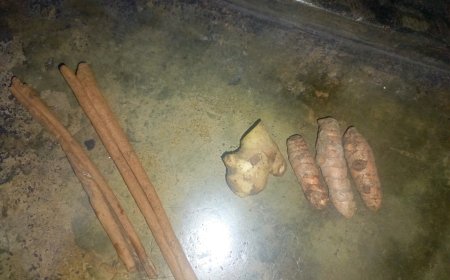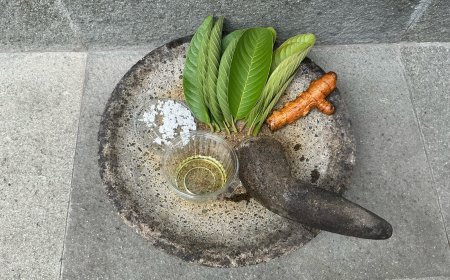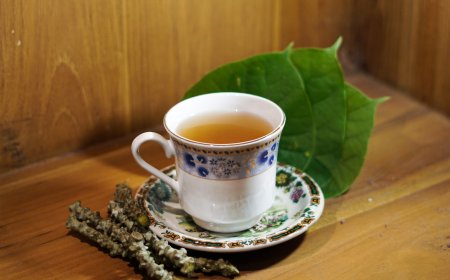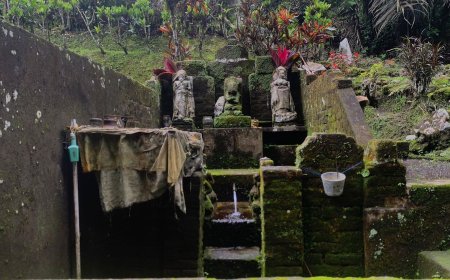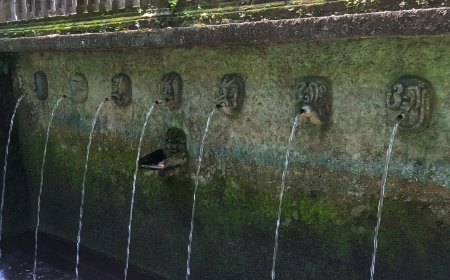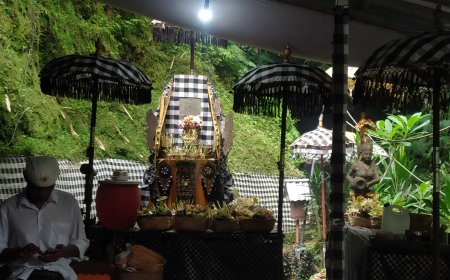Telaga Waja: The Flow Of Tirta Connecting Mount Agung To The Ocean
Telaga Waja River is not merely a stream in East Bali, but a lifeline that unites adventure, culture, and spirituality. Flowing from the sacred Mount Agung all the way to the vast ocean, this river carries a profound story behind the enchanting beauty of Bali.
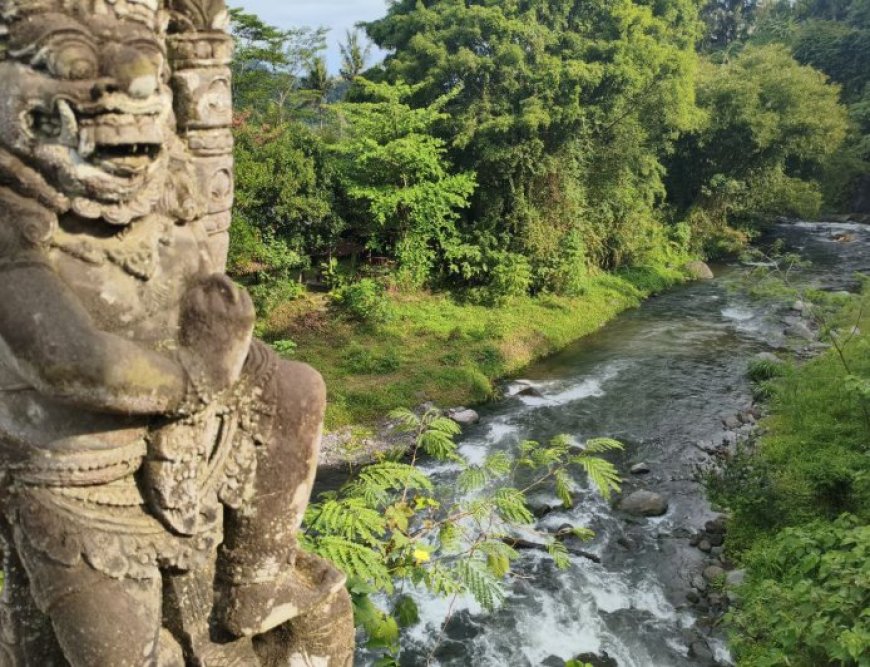
The River Born from a Sacred Mountain
Telaga Waja originates from several natural springs at the foot of Mount Agung, such as Lipang, Arca, Yeh Sah, and the Telaga Waja spring itself. From these small sources flows a powerful current that sustains Eastern Bali. Its clear and refreshing waters are believed to carry the sacred energy of the mountain into the villages along its path. In Balinese Hinduism, the water of Telaga Waja is often regarded as tirta amerta—the water of life, symbolizing purity and balance. It is no surprise that this river water is frequently used in various rituals and traditional ceremonies, including melukat (a sacred cleansing ritual).
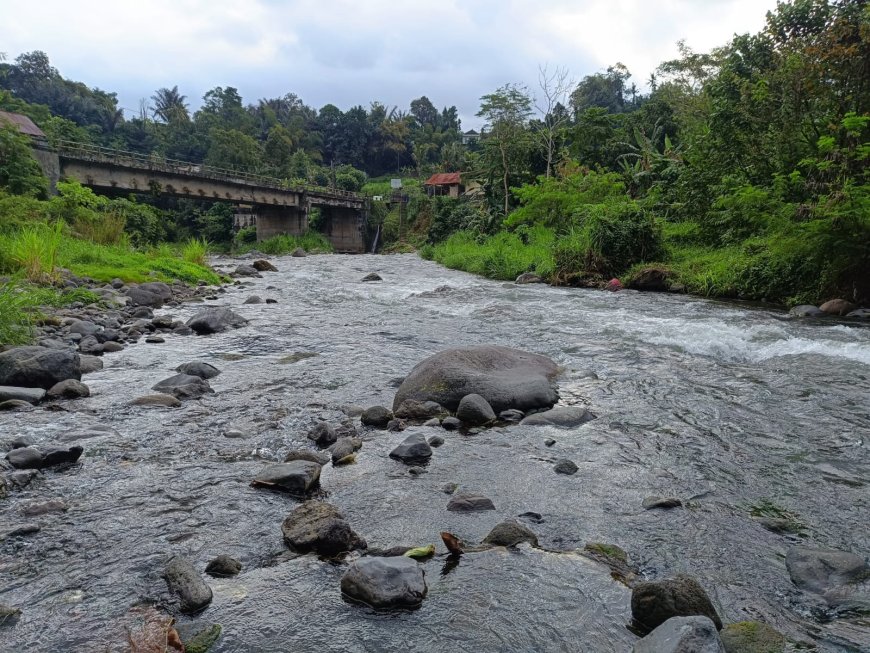
View of Telaga Waja Riverbank (Source: Personal Collection)
The Lifeline of Karangasem Community
Geographically, Telaga Waja flows through Karangasem Regency, passing the areas of Rendang and Muncan Village, then descending through valleys before reaching Klungkung and finally emptying into the sea. Its location is relatively easy to access. From Denpasar City, the journey to this river covers about 60–65 kilometers, taking approximately two hours by private vehicle or tour transport. For the people of Karangasem, the river is the main pillar of life. Its water irrigates rice fields and plantations, and also serves as a source of clean water supply through the Karangasem PDAM. The presence of Telaga Waja benefits many, from local farmers to urban residents.
Rafting Activities on Telaga Waja River (Source: Personal Collection)
A Paradise for Rafting Enthusiasts
Beyond its vital function, Telaga Waja is also widely recognized as a premier rafting destination. The rafting route stretches 14–18 kilometers, with rapids classified as Grade III–IV. The combination of swift currents, natural rock formations, and lush greenery along the riverbanks makes it one of the most popular rafting locations in Bali and even in Southeast Asia.
Tourists who try rafting here are treated to breathtaking views of tropical forests, terraced rice fields, and even natural waterfalls that enrich the adventure. Rafting can be enjoyed almost year-round. During the dry season, the water flow is more stable, making it suitable for beginners. In contrast, the rainy season brings stronger currents, offering an adrenaline-filled challenge for thrill seekers.
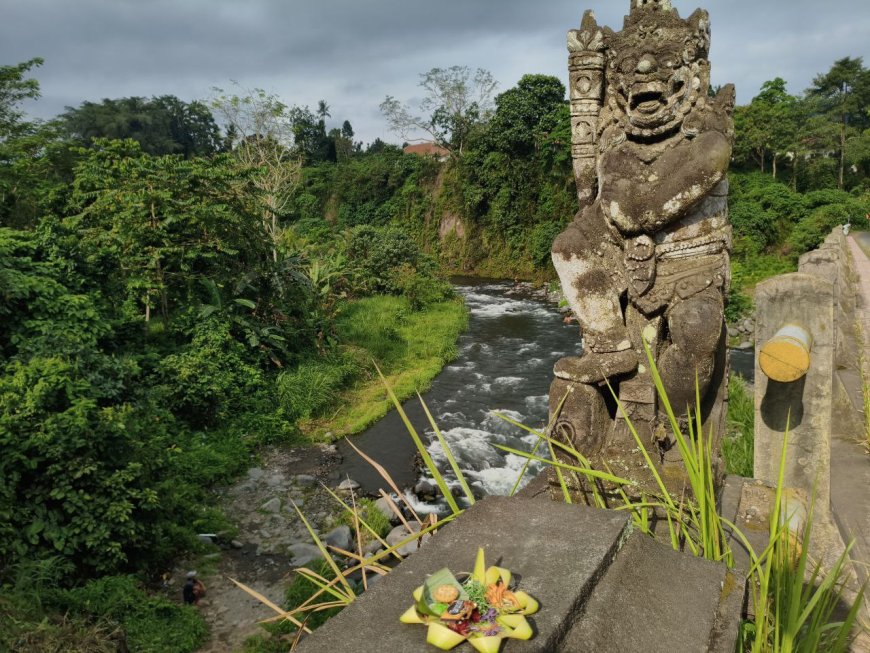
Tri Hita Karana Philosophy at Telaga Waja River (Source: Personal Collection)
Harmony of Nature, Culture, and Spirituality
Although famous as a tourist destination, Telaga Waja also holds deep philosophical meaning. Its existence reflects the Tri Hita Karana philosophy, a Balinese concept of life balance that emphasizes harmonious relationships between humans and God, humans and fellow beings, and humans with nature. The river stands as a living testament to this harmony. Its waters not only fertilize the fields and support daily needs, but also play an essential role in religious rituals, strengthening the bond between humans and the Divine.
For travelers, Telaga Waja offers a perspective of Bali beyond its typical image. The river is not only about thrilling rafting adventures, but also a journey into the lush rural landscape, as well as a space to embrace the spiritual values carried in every drop of its water. With its close distance from Denpasar and accessible routes, Telaga Waja becomes an ideal destination to enjoy Bali’s beauty from a different angle. A journey along this river leaves impressions that touch not only the body and mind, but also the soul, presenting an experience of how deeply intertwined the relationships are between humans, nature, and spirituality on the Island of the Gods.
